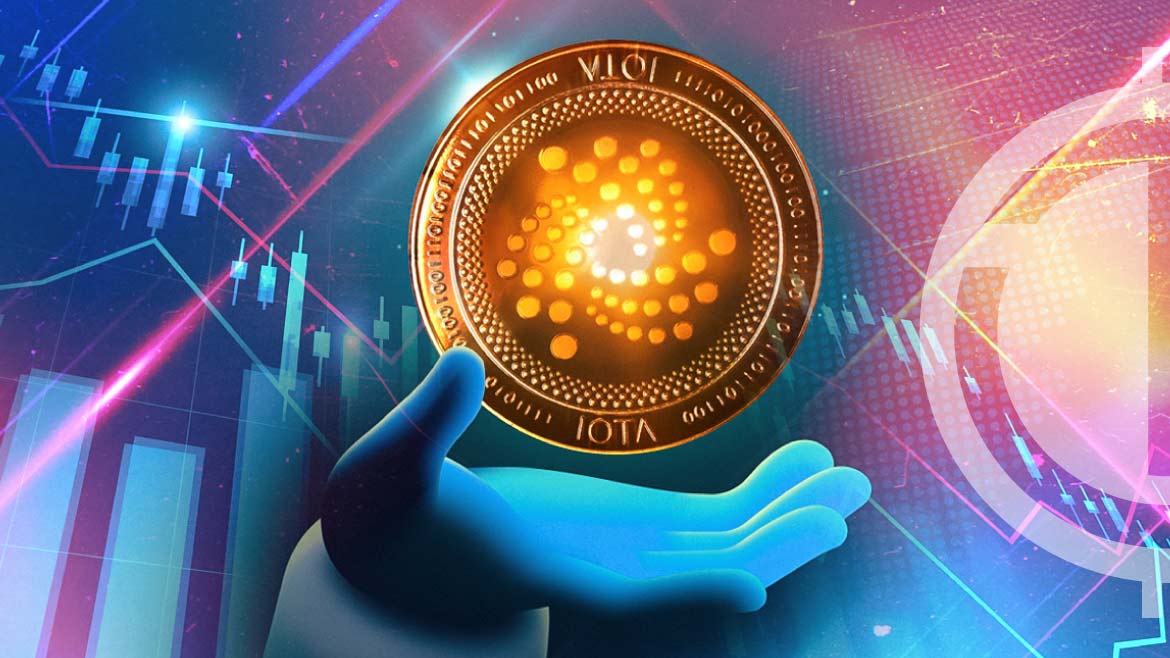- IOTA network activated Stardust protocol today at 8 AM CEST, introducing tokenization and Layer 2 smart contract anchoring.
- The upgrade results in a fork, creating two versions: the main IOTA network with augmented token supply and IOTA Classic with original supply.
- Firefly IOTA version 2.0.0 was released alongside Stardust upgrade to facilitate planned airdrop for Assembly token stakers.
The IOTA network activated its Stardust protocol, a significant upgrade designed to tokenize the network and anchor Layer 2 smart contract chains, today at 8 AM CEST. The protocol had previously been tested on the Shimmer network since September 28, 2022, without any reported issues or incidents.
This fork resulted in two distinct versions: the main network, which adopted the Stardust protocol and an augmented token supply, and IOTA Classic, which retained the original supply but also integrated the Stardust features. The fork was initially announced by the IOTA Foundation on September 15, 2023, and led to a network downtime of up to four hours.
To ensure transparency, a snapshot of the ledger was made publicly available on GitHub. This snapshot can be verified using a specific GitHub tool. Node operators were advised to update their software to the forthcoming Hornet release, version 2.0.0.
In conjunction with the Stardust upgrade, the IOTA Foundation also released the Firefly IOTA version 2.0.0 wallet. This new version is designed to be compatible with the upgraded network and will facilitate the airdrop planned for users who have staked for Assembly tokens. Initially, 10% of the airdropped tokens will be made available, with the remaining 90% to be unlocked bi-weekly over a two-year period.
The IOTA Foundation has been researching and prototyping this upgrade for an extended period as part of its broader IOTA 2.0 protocol update. The overarching aim is to facilitate digital autonomy across the web, enabling users to hold IOTA tokens to generate MANA and gain system access.
Last month, the IOTA Foundation announced a transition from its existing Coordinator system to a decentralized Validator Committee. This move aims to enhance network decentralization, improve resistance to censorship, and boost overall security. The transition is seen as a significant step toward increased network stability and reduced dependency on a single entity for transaction validation.
The transition served as a temporary measure leading up to the full decentralization envisioned in IOTA 2.0, where a token stake-based committee formation will be introduced. The Validator Committee is composed of multiple entities, including universities and businesses, and requires a majority of active validators to keep the network operational.






